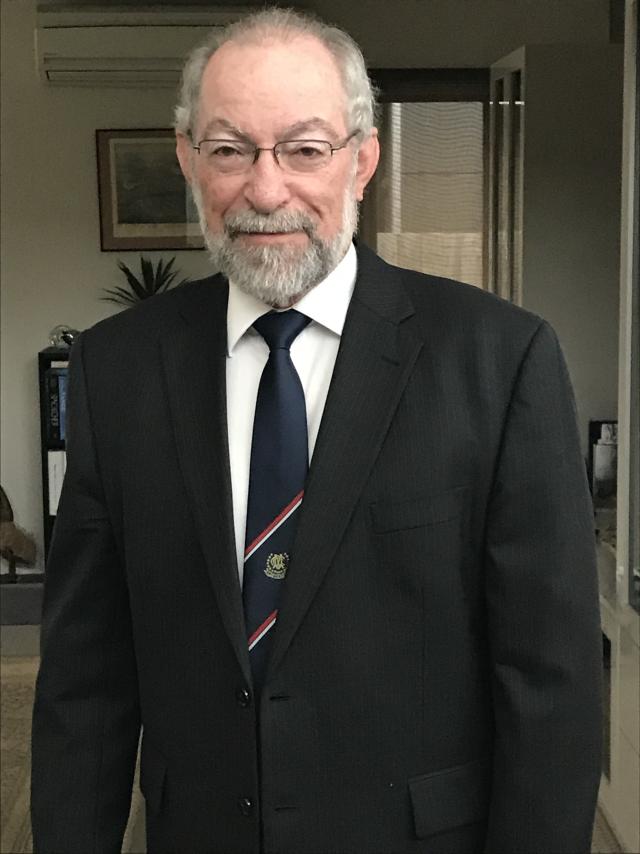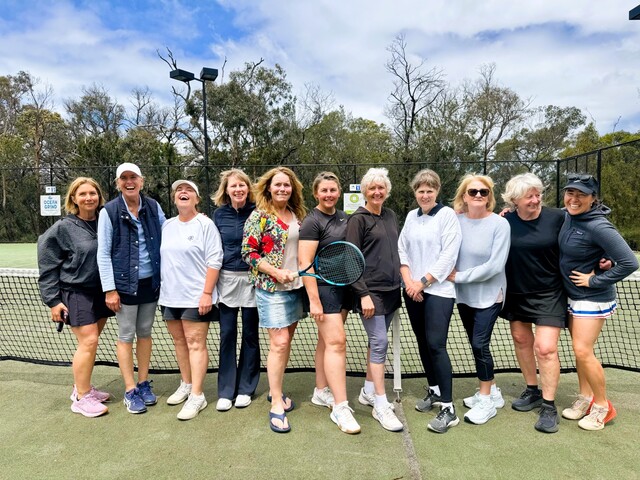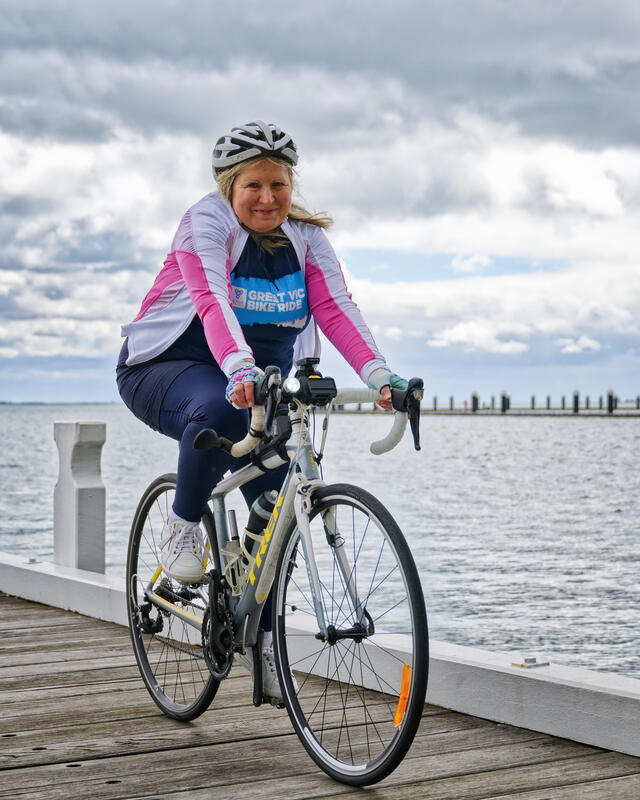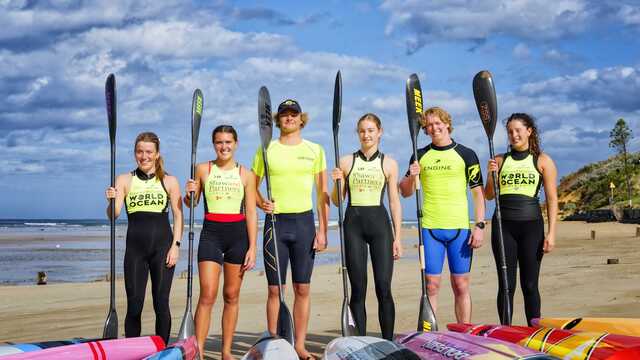Michael Aylward is a proud member of the Torquay Returned and Services League (RSL) after serving 20 years in the Navy. With Anzac Day services taking place throughout the week, Michael sat down with Jena Carr to share his connection with Torquay and service to Australia.
What is your connection to Torquay?
I moved here after I retired from full-time work. I still work part-time, but we came here nearly ten years ago.
It was really because we wanted to relocate to Victoria, as I have two children who have extended families here, so that’s the magnet that pulled us to come here.
We came from New South Wales, and as a boy, I used to go to the Barwon Heads Caravan Park during summer vacations. So, returning to the Bellarine wasn’t a scary proposition.
What do you like about where you live?
I love playing on the golf course at The Sands, and I also like playing tennis at Anglesea.
I like the amenities, the fact that there’s not too much traffic, and that it’s not densely populated and is still reasonably rural enough.
Is there anything that you would change about where you live?
Having more reliable public transport would be really helpful.
Where is your favourite place to spend time?
The Sands Golf Club is probably my favourite place to spend time because it’s picturesque, beautiful, and has many friendly people.
What’s your connection with the Torquay RSL, and what led you to join?
I’m a service member, an ex-Navy who served for 20 years.
I went from school, so I graduated from high school and joined the Navy as a naval officer at Naval College, which was then at Jervis Bay in the Australian Capital Territory.
I went there from high school and spent my four years doing electrical engineering at New South Wales University because the Naval College was like a sub-faculty of the university.
I did that immediately after school, so the first year was at the Naval College, and then the next three years were at the University in Sydney at Randwick.
What is something that people might not know about you?
I had an interesting career because I spent 20 years in the military and 20 years in the aerospace and defence industries.
I was the engineering manager of the Anzac Ship Project (a collaborative naval construction project between the Australian and New Zealand governments), which was a very successful project.
After 20 years of working as a contracting person, I decided that I would go into the defence bureaucracy.
So, I was successful in becoming a senior executive service person in what was then the Defence Materiel Organisation, and I was at the Band Two level, so I used to run a whole division.
I had the responsibility of appearing at Senate estimates and answering difficult questions from senators and those sorts of things.
That was a great experience because it gave me a balanced career that was essentially a military contractor and bureaucrat.
I still do consulting work as an ex-defence bureaucrat, and I do that for the defence department.
How important is Anzac Day to you?
It’s an important National Day of Remembrance, and it’s fundamentally about ‘lest we forget’. It’s a promise made to soldiers in World War I that the nation wouldn’t forget them.









